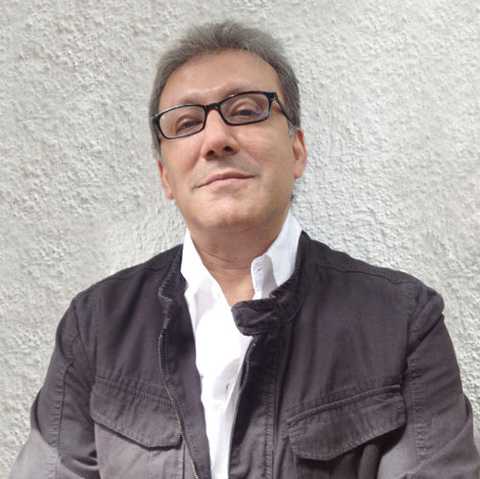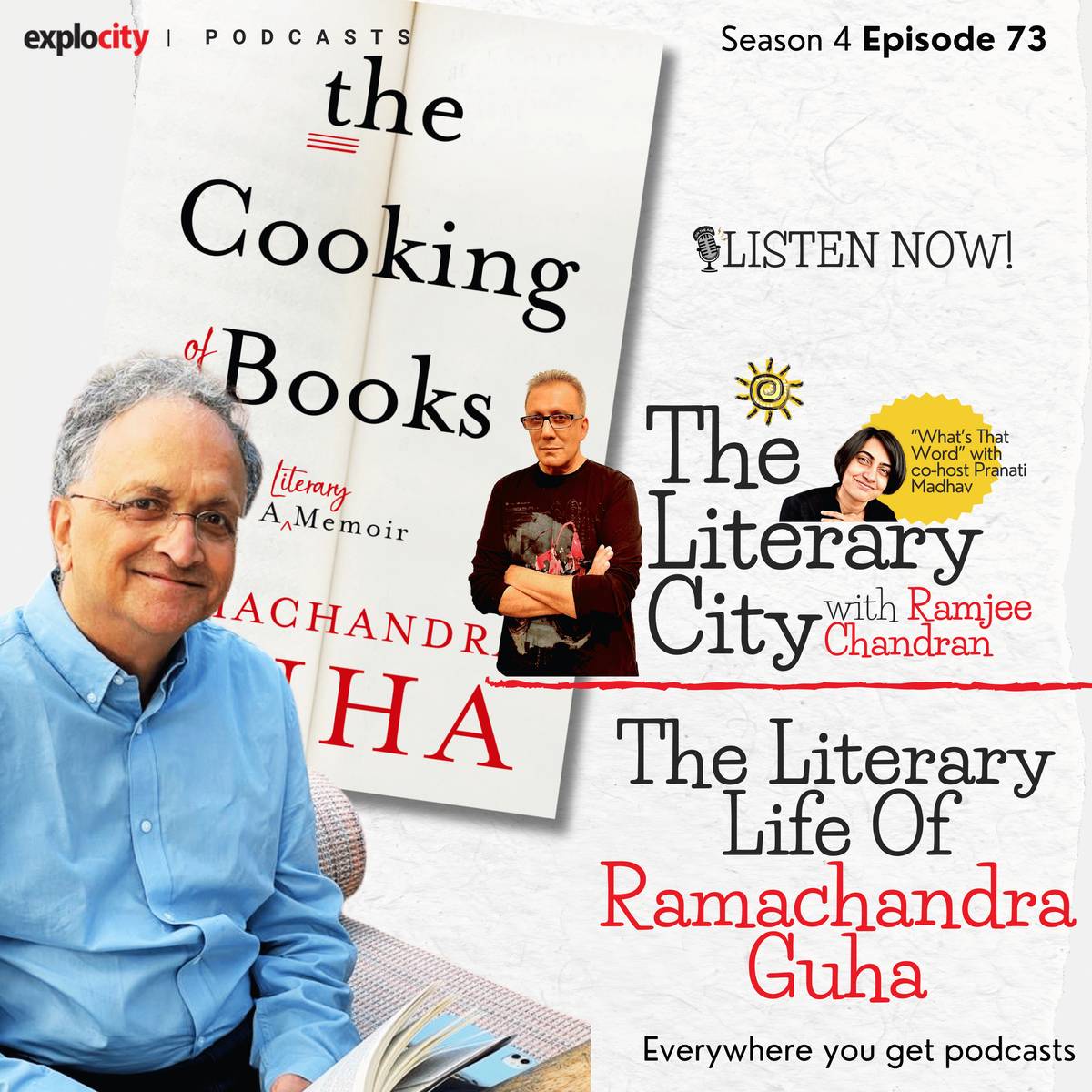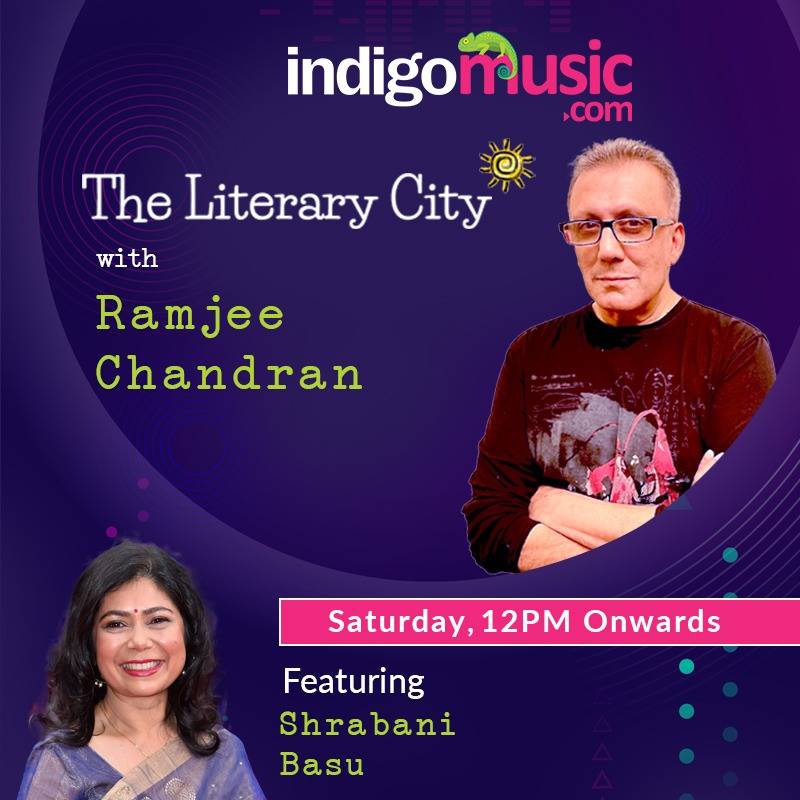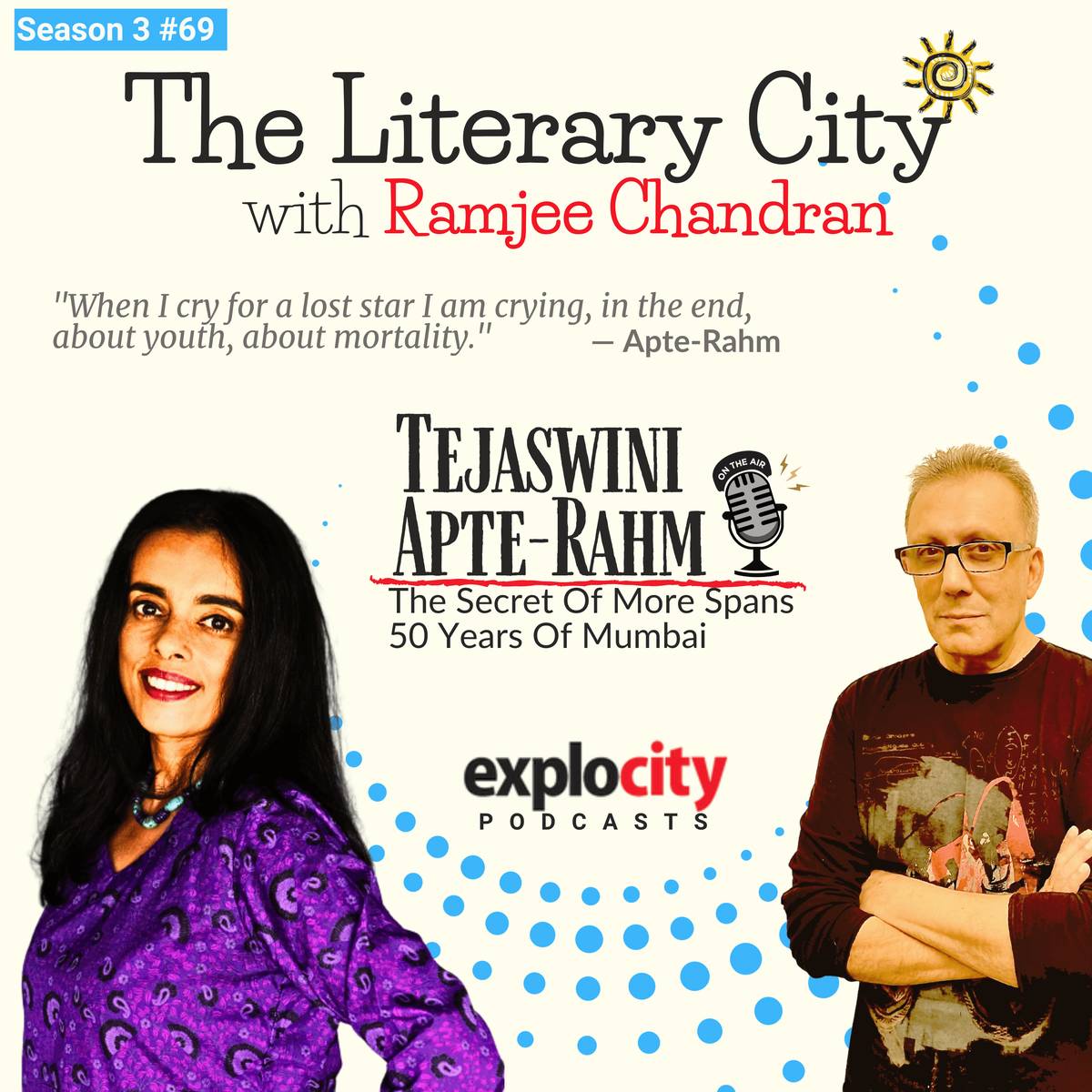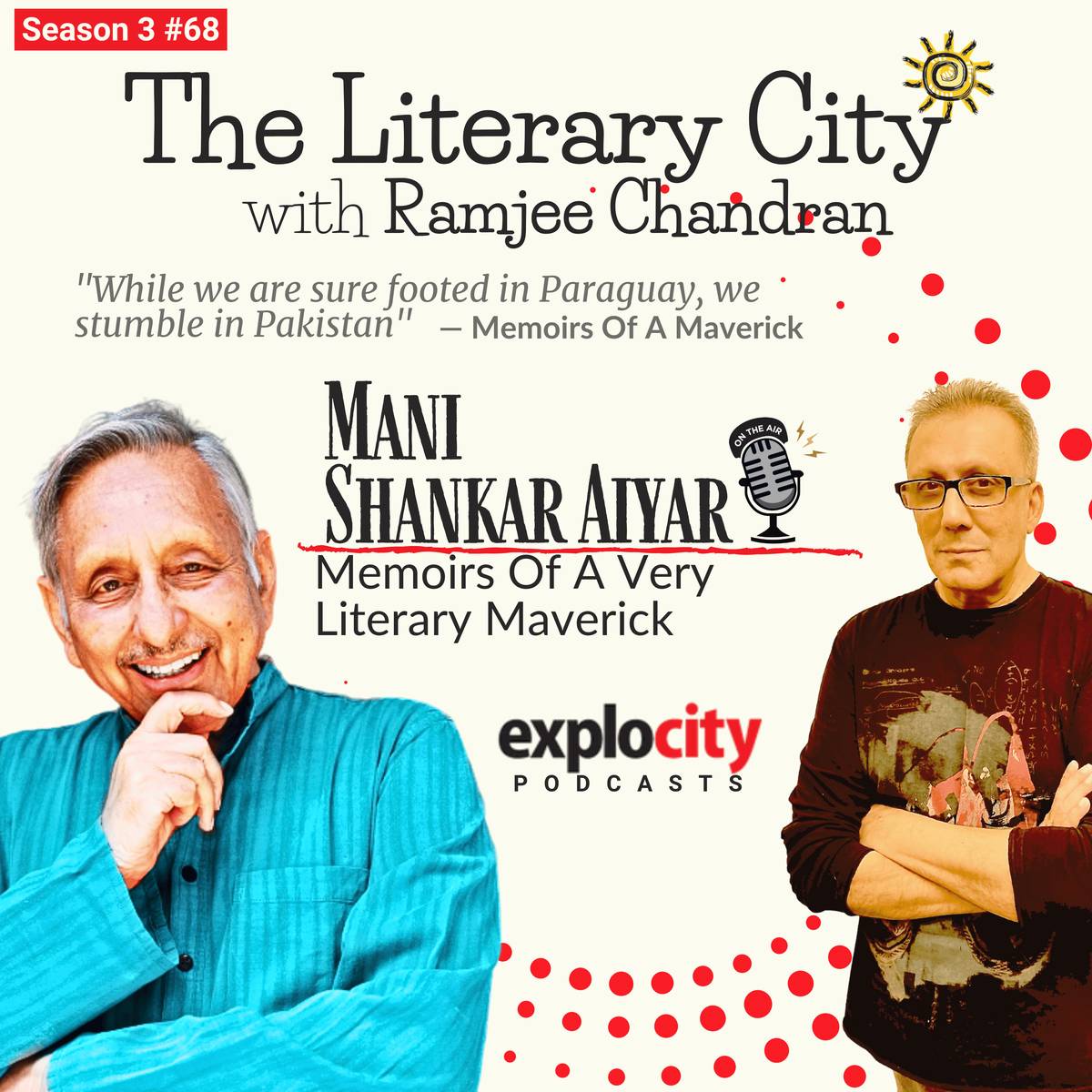Tree And Serpent With John Guy Curator At The Met In New York
My guest today is John Guy. He is the author of Tree And Serpent and he is Florence and Herbert Irving curator of South and South Asian Art at the Met in New York. His scholarly association with Indian art spans a lifetime of work and I am deeply honoured to be able to speak with him today.
Aug 30, 2023, 10 25 | Updated: Aug 30, 2023, 10 25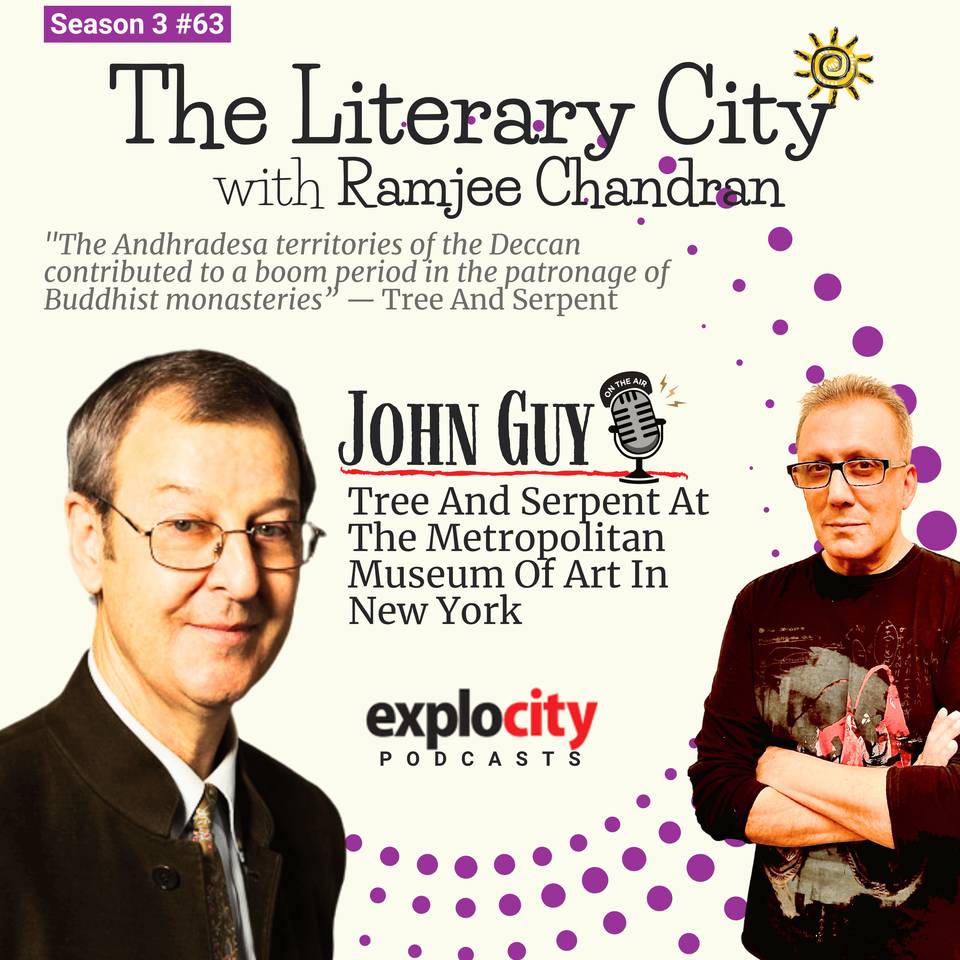
As part of Siddhartha’s awakening, he became aware of a spiritual energy in nature where trees had souls, birds had wisdom, and flowers bloomed no matter what the season. And snakes had the power of protection. And then there was all manner of mythical and hybrid creature contributing to the magical art and literature of Buddhism.
Of the many symbols and icons of Buddhism, there are two that are easily identifiable—the tree, everyone knows the most remembered thing is that the Buddha came to his enlightenment under one—the Bodhi tree—and another is the snake.
Snake cults have always been known to India as I guess there was always the danger of snakebites—still an issue today in most parts of India. But the snake features in the narrative of the Buddha’s life. In one famous story, a cobra coiled itself around the base of Buddha’s platform of the tree and then spread its hood over his head, to protect him from the elements as he reached his enlightenment. And even since, understandably, the snake has been used as the principal symbol of protection.
Happening right now, in New York City, as we speak is an exhibition called “Tree And Serpent” at the Metropolitan Museum of Art in New York. It explores the origins of Buddhist art in India. The exhibition features more than 140 objects dating from 200 BC to 400 AD including sculptures, paintings, jewellery, and metalwork. It also explores the influences on early Buddhist art by other cultures, such as the Hellenistic world and the Roman Empire. The most significant slice of it is that this exhibition focuses on the contribution of South India to the Buddhist canon. Historically, the contribution of south India was often overlooked or downplayed and Tree And Serpent seeks to correct this gap in the narrative.
Tree And Serpent—not sure if I should call it a companion book—is the first book to focus on Buddhist art produced in South India from 200 BCE to 400 CE. While traditional narratives tend to focus on north India, this book presents Buddhist art from monastic sites in the south.
My guest today is John Guy. He is the author of Tree And Serpent and he is Florence and Herbert Irving curator of South and South Asian Art at the Met in New York. His scholarly association with Indian art spans a lifetime of work and I am deeply honoured to be able to speak with him today.
What I find amazing is what he had to go through to put this exhibition together. From ferreting out these Buddhist relics in remote parts of Andhra and other locations to shipping them to New York, the process would have been consuming. Amplify that when you consider that some of the heaviest pieces had to be transported, before the monsoons set in, by a boat, a ferry across the Krishna river and then on land to be loaded onto planes at Hyderabad.
Let’s ask him all about it. He joins me from his office in New York City.
ABOUT JOHN GUY
John Guy's research interests focus on the early Buddhist art of India and the temple arts of the Hindu-Buddhist-Jain traditions. He is an elected Fellow of the London Society of Antiquaries and of the American Academy of Arts and Sciences.
Buy Tree & Serpent: Early Buddhist Art in India: https://amzn.to/3PbDzaS. Head to your favourite bookstore for a deal.
WHAT'S THAT WORD?!
Co-host Pranati "Pea" Madhav joins Ramjee Chandran in "WHAT'S THAT WORD?!", where they discuss the word "MONIKER".
CONTACT US
Reach us by mail: theliterarycity@explocity.com or simply, tlc@explocity.com
Or here: https://www.facebook.com/groups/theliterarycity
Or here: https://www.instagram.com/explocityblr/
